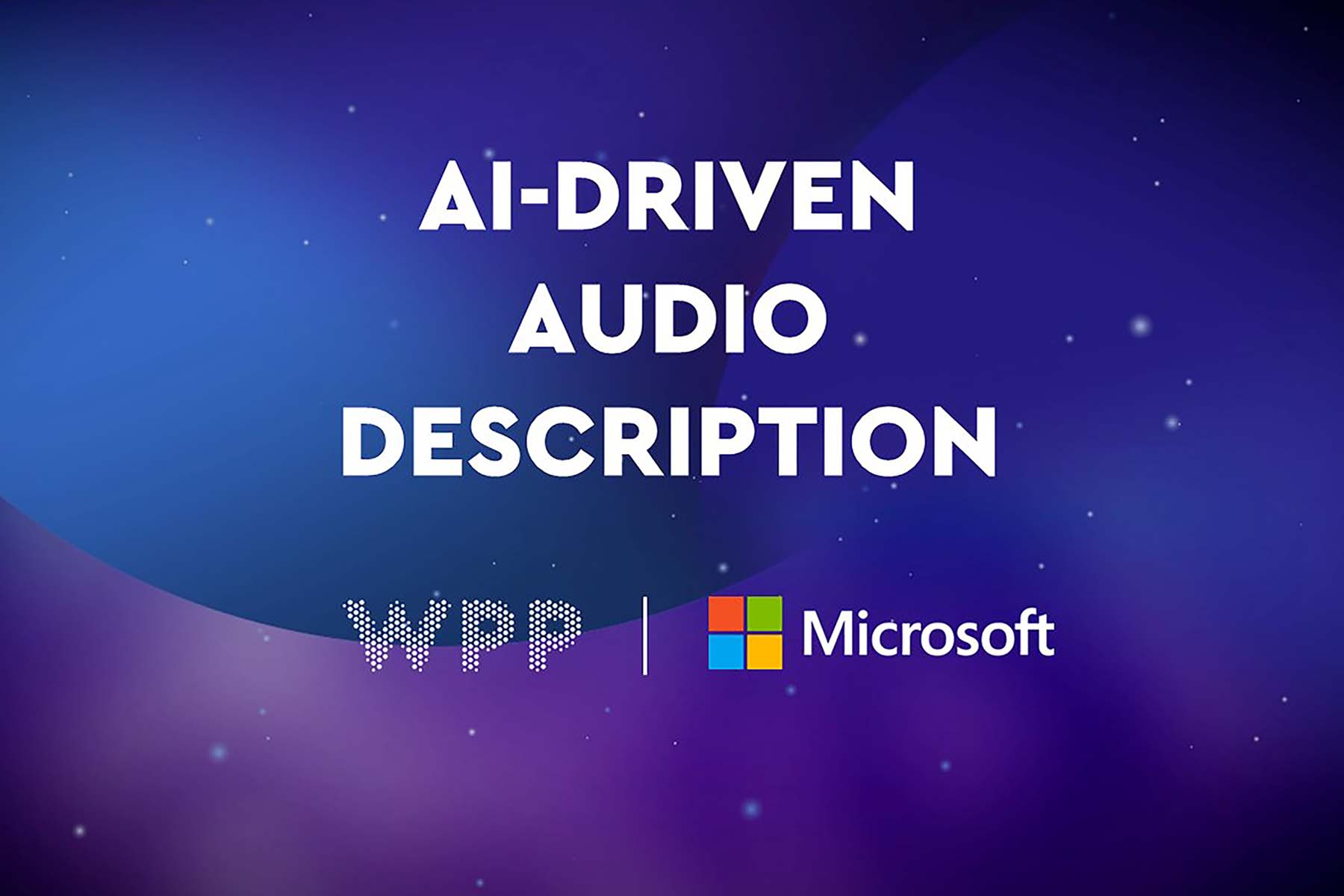
Power of connection: the human touch
Driving media effectiveness for financial services brands
Did you know that financial ads are perceived as ‘irritating’ three times more often than other ads? Financial service brands are generally seen as unexciting at best and can find it a challenge to engage people. Yes, the nature of the business is complex, but brands need to simplify their message if they want to communicate credibly and consistently across multiple touchpoints.
Which touchpoints work best?
Kantar’s Connect database shows that non-paid touchpoints are more important than paid touchpoints, generating 74% of overall brand impact, in line with other categories. More specifically, interactions with a human element remain crucial to business, since they can build trust and help demystify complicated financial products. This is especially important in these times of uncertainty. Human touchpoints, such as personal contact with bank staff, and recommendations from friends and independent consultants, collectively contribute to 20% of the impact.
Digital touchpoints are strong drivers of brand awareness and sales, now creating 34% of impact compared to 23% for traditional media. Owned and earned digital touchpoints such as mobile apps, brand websites, comparison websites and online banking tend to contribute more impact than paid digital media.
The strength of digital touchpoints
A global retail banking client based in Norway ran a Kantar Connect study to investigate the dramatic changes that digital touchpoints have made to the market in the last decade. The client was managing double the number of touchpoints than in 2010, with fragmented information on the ROI of these touchpoints.
We found that customers were more receptive to digital touchpoints such as payment apps and online banking than to traditional touchpoints, yet personal interaction with an advisor at a bank also proved to be quite effective. As a result, some budget was moved from traditional touchpoints, which were least impactful, and invested in owned digital touchpoints as well as “hand-picked” sponsorship activities that were better received by customers.
TV or not TV? That is the question
Is TV a sensible investment for financial brands? They spend a greater share of media budget on TV than other categories, though it appears to be the least cost-effective paid media for financial services. High cost per views on TV might be a reason, as financial brands generate less reach and frequency than other categories. In terms of cost effectiveness, online video works very well, particularly in terms of driving purchase intent. Outdoor ads generally deliver only average returns, although the HSBC UK ad that won the recent Kantar Creative Effectiveness Awards shows they can work incredibly well when the environment and location match a powerful creative message.
TV can be very cost effective when used in the right way, however. A UK financial services brand was keen to understand how TV contributed to overall campaign performance, in order to secure ongoing budget. Kantar CrossMedia uncovered that TV was key to the campaign’s success. With lower overall investment, the non-TV campaign performance was below average. For the campaign with TV, investment increased by 60%, but delivered an 800% increase in ad awareness and a 314% increase in brand contributions. Additionally, all other channels helped to advance the brand since using TV in the second campaign created stronger synergy. As a result the business secured additional funding for future TV-led campaigns.
A strong message, a friendly face and a dusting of digital sparkle
Finance brands need to deliver simple, clear and personable messaging across all touchpoints. And as more people embrace technology to research and use financial services, a strong and seamless presence in digital channels is essential. This is even more important in the current climate where online access to financial brands is not just convenient but safer too. Coupled with a human connection, such as video calls, positive perceptions around a brand can be built effectively through digital touchpoints. A positive user experience of digital apps is also key, and the introduction of fun and friendly chatbots can help maintain a personal connection.
New look banks
Traditional finance players need to be watchful of the emerging neobanks who are disrupting the market with their focus on online channels and bringing clean design and a modern and stylish experience to customers.
Finally, tailoring ads and experiences using behavioural targeting across both paid and owned digital touchpoints looks like an effective new mode of communication for finance brands, but they need to be wary of overstepping with personalisation.
For more in-depth insight, download Kantar’s #PowerOfConnection report
published on
28 July 2020
Category
More in Experience

Let’s add audio for visually impaired audiences
How to make advertising more accessible for visually impaired audiences

The Future 100: wellbeing, humanity, emotion and tech
This annual trend spotter – by WPP’s VML – gives us the context for the new normal for marketing in 2024.

Activating sports events – the ultimate balancing act
WPP Sports Practice takes a look at the art of timing for sports event activation

